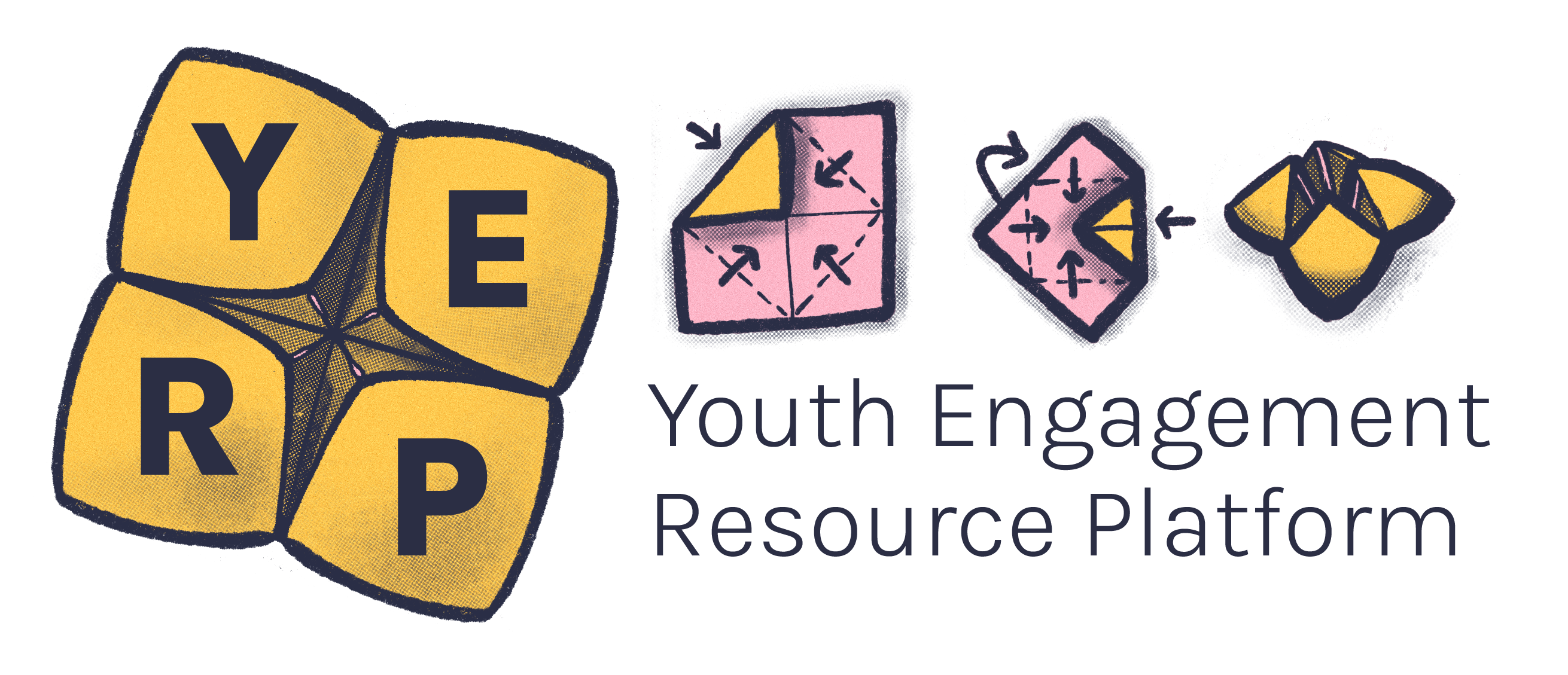Social media and online advocacy can be criticised for being Doing something (often the bare minimum) to tick a box and avoid criticism, rather than doing something more meaningful.tokenistic or Doing something just for show or to boost your imageperformative. But, when done in the right way and with the right intentions, it’s a great way to raise awareness, mobilise political action and/or gain social support about an issue.1,2
Also, it’s the only form of advocacy that is accessible for many people – like some disabled young people or those living in rural and regional areas (where attending in person protests may not be possible).2
There’s lots of benefits and positive impacts to advocating online. It’s an important tool for:1
- Platforming or amplifying marginalised voices who may otherwise be excluded from mainstream media.
- Reaching more supporters or spreading awareness about an issue quickly.
- Accessing or engaging a range of different people on a global scale.
- Inspiring difficult or important conversations about an issue.
- Pushing public interest of an issue, including within the mainstream media.
- Driving social, economic, political, and legal progress or change.
Educating yourself (and others)
Education is key to activism (yes – knowledge is power). While engaging with social media can be a useful starting point to learn about an issue, equipping yourself with the facts is important before engaging in conversations with others or re-posting online.3
It’s important to learn more about a topic from trusted sources – like articles, books, podcasts, films… and more.
(Re)posting on social media
Posting or re-posting content on social media platforms (like Instagram, TikTok, Facebook) can be important for showing solidarity and amplifying marginalised or lived experience voices. Also, it can be an important entry point for other forms of online advocacy – like sharing links to petitions or donation pages.3
But, it can also be performative – like if you repost without critically engaging with the issue to appear to align with a social cause.3
Again, to meaningfully advocate and educate others it’s important to actively research the information you’re posting and include trusted sources. While re-posting infographics can make complex information more accessible, it can also oversimplify ideas in misleading ways.
Signing online petitions
Petitions are a long-established advocacy method, and websites like change.org have made creating them online increasingly accessible and popular.
Support for an issue via petition can:1
- Show decision-makers, companies, and influential people it’s importance.
- Help organisations build a contact list of people interested in an issue.
- Serve as an entry point for people to learn more or get involved with an issue.
- Bring about additional action like donating money.
Contacting your local MP or other political representatives
Contacting your political representatives is a crucial way to get your voice heard and directly drive policy changes.
Check out our resource on how to meet your Federal MP’s and candidates for some tips and templates.
Contacting and joining your local organisation
If you don’t know where to begin with your advocacy about a topic, a good place to start is finding, following, and reaching out to local organisations with expertise. They can offer advice and information on how to effectively get involved – like joining organisations.
Donating (if you can)
Donating money to a cause or organisation is one of the best ways to show support and get resources directly to people who need it on the ground. Make sure to check that where you’re donating is authentic and it’s clear what your donation will be used for.
Boycotting
Boycotting is a form of non-violent protest, where you ordinarily stop buying a product, or ‘block’ a person, organisation or country in some way. The purpose is to impact the product, individual or organisation in a negative way to get them to change their behaviour.
Do some research and reach out to local organisations to find out more info on who or what to boycott in line with your values.
Sharing your lived experience
You can also advocate by sharing your lived experience online – like creating a podcast, writing a blog post, attending online panels, or engaging other media channels such radio and TV. Speaking up about your personal story or experience – like LGBTIQA+ inclusion and accessibility – is at the heart of social change.
This can also be a great way to meet other people with similar lived experience and engage in collective action.
Image of an iPhone screen with social media app icons on it

Research, research, research
Again…. It’s important to research a topic and the sponsoring org or individual before engaging in any online advocacy.
When signing petitions or donating money, this step is crucial as you’ll need to provide personal information. Check website reviews and credibility.
Find out what other people/orgs are saying about an issue
Before posting or sharing online, seek out what others are already saying about a topic, what resonates with people, and what you want to add to the conversation. Do you want to elevate a message or say something else/add something new to the conversation?
Also, find out which hashtags are popular or align with what you want to say – this can be useful to boost your message.
Create an engaging message and make getting involved easy
People are more likely to engage with a campaign if it’s engaging and clear.4
Before creating or sharing content, be sure to include:4
- A clear and engaging message – what’s this advocacy piece about?
- Background info – what does your audience need to know?
- Credible sources – where’s your info from?3
- A call to action – what action do you want your audience to take? (like re-share, sign, and donate)
Consider which media form and platform to use
You also need to think about your target audience and how to best engage with them to achieve your advocacy goals.4
Like, which form (e.g. post, video, written blog), and which platform (e.g. Facebook, Instagram, TikTok, YouTube, LinkedIn) you want to use.4
For example, a written post on LinkedIn is more likely to reach organisational executives, while a lived experience video on TikTok is more likely to resonate with young people directly.
Stay safe while advocating
A big part of being an effective advocate is because you feel passionate about an issue, or you have lived experience. But, it’s important to stay safe while sharing your story. Read our resource on staying safe while advocating, linked below in our further reading list.
Think about how your online advocacy could impact on other areas of your life
Lastly, before posting or re-sharing media online, it’s important to think about who might see it and how this could affect other parts of your life – like work. Will your co-workers or future employers be able to see what you’ve shared and how might this impact your relationships and opportunities?
Look after yourself and your future, and make sure you’re aware of any internal workplace social media policies restricting the type of content you can post.
- Cooper, S. (1 May 2021). Does signing petitions do anything? What you need to know. Blissmark. https://www.blissmark.com/culture/signing-petitions-guide/
- Santana, V. (28 February 2021). Opinion: Online activism must stray away from performativity. The Varsity. https://thevarsity.ca/2021/02/28/opinion-online-activism-must-stray-away-from-performativity/
- Dan, C. (14 April 2016). What is Digital Advocacy? Everything Beginners Need to Know. Muster. https://www.muster.com/blog/what-is-digital-advocacy
- Vaughn, C. (27 January 2022). 8 Social Media Advocacy Strategies [+ Major Platform Tips]. Muster. https://www.muster.com/blog/social-media-advocacy#





